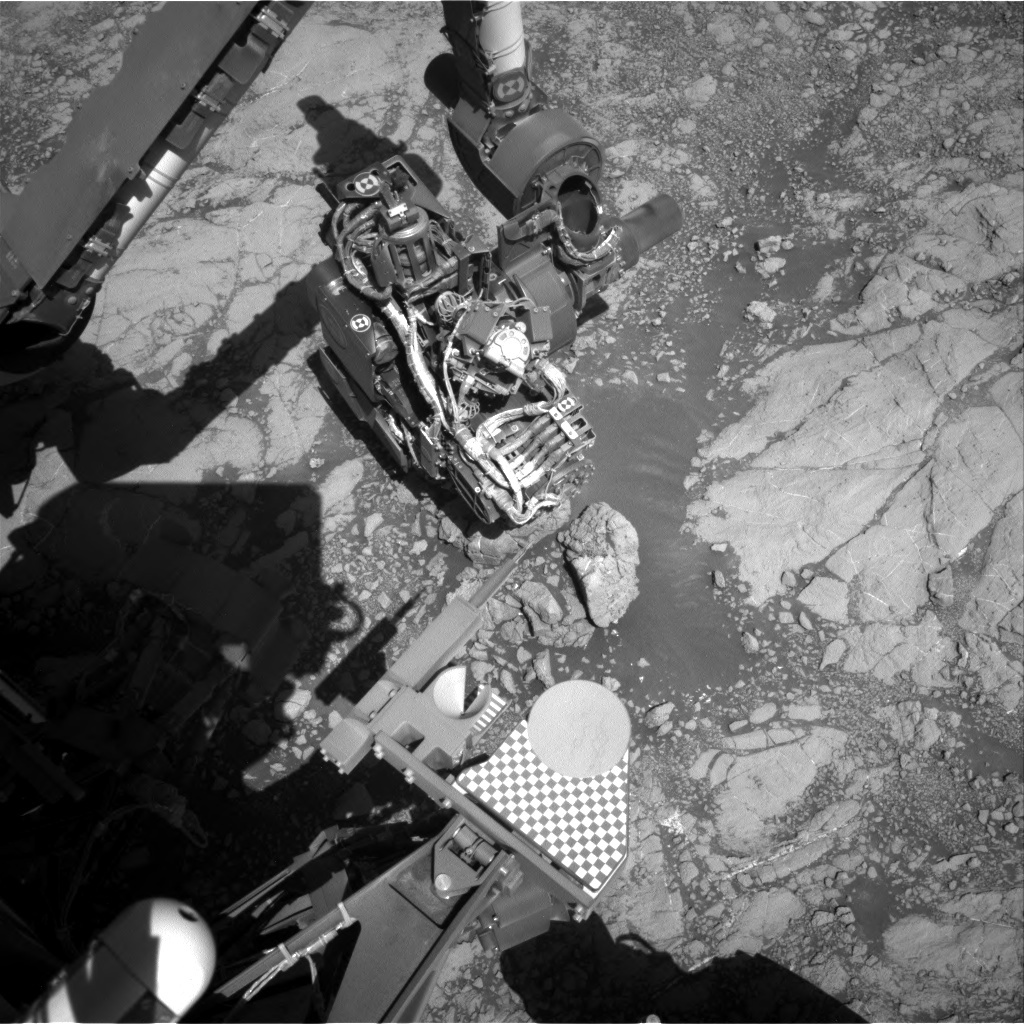2 min read

Last Friday’s plan was designed to ensure Curiosity had enough knowledge of its orientation to proceed with arm activities and mobility.
We learned this morning that plan was successful and Curiosity was ready for science once more!
And a very full science plan was made! Much of today’s plan was recycled from last Friday’s intended plan, including contact science with APXS and MAHLI on bedrock targets Moffat Hills and Trossachs. There also was a plethora of ChemCam LIBS targets, a Mastcam mosaic of Western Butte, Mastcam multispectral images on Trossachs, and ENV movies to search for clouds and dust devils while also documenting atmospheric dust levels.
Today’s plan also included a rare measurement with APXS to measure the argon abundance in the atmosphere.
Approximately 25% of Mars’ carbon dioxide-rich atmosphere condenses on the winter polar ice cap, while trace gases like argon do not. This leads to seasonal variations in the relative fraction of argon to carbon dioxide in the air. APXS can measure this argon variation by simply turning on and looking at the sky while the arm is stowed. Seeing argon vary through the year is akin to watching Mars breathe!
Written by Scott Guzewich, Atmospheric Scientist at NASA's Goddard Space Flight Center







